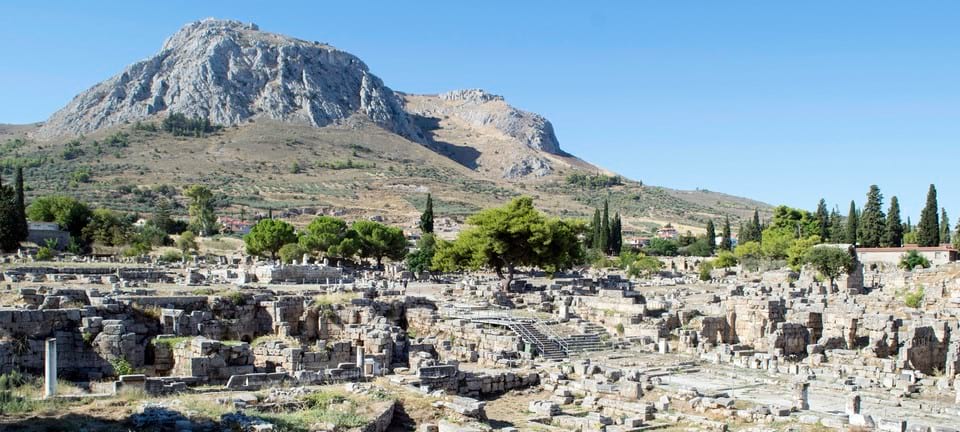
The combination of fertile land, natural springs and a highly advantageous location on the isthmus led to Corinth becoming one of the largest cities of ancient Greece. It controlled the only land route from the mainland to the Peloponnese as well as the link between the Gulf of Corinth and the Saronic Gulf. Over its long and tumultuous history Corinth has been a centre of trade, a focus of naval power a colonising force and itself a Roman colony. It played a major part in numerous conflicts and for hundreds of years was rarely out of the limelight.
Mythology
Not having been a major Mycenean power, Corinth doesn’t have the mythological associations of other Bronze Age Greek cities such as Argos and Tiryns.
There are, however, competing myths as to how the city was originally founded. According to Pausanias, the founder was Corinthos, a descendant of Zeus, whereas another legend has it that the founder was Ephyra, the daughter of the Titan Oceanos (hence the city’s ancient name, also “Ephyra”).
In yet another version the city was established by Sisyphus, famous for his punishment of having to roll a large boulder up and down a hill for eternity. Legend has it that Sisyphus was the first of a race of ancient kings of Corinth.
Homer refers to Corinth (as “Ephyre”) in the Iliad and describes how it was involved in the Trojan War under the leadership of Agamemnon. It is also in Corinth that Theseus hunted the wild boar and is where Jason is said to have abandoned Medea.
History
Archaeological evidence in the form of fragments of pottery show that the area was already occupied around 6000 BC and appears to have been continuously inhabited throughout the Neolithic period and into the Bronze Age.
Although it seems possible that Corinth could have been the location of a Bronze Age palace such as those at Mycenae, Tiryns and Pylos, no such site has yet been found.
By the 8th century BC Corinth had established control of the isthmus and from the mid 8th century BC to the mid 7th century it was ruled by the Bacchiad family of aristocrats, a tightly knit Doric clan. Throughout this period the city grew in cultural power and became a unified state. A number of large scale public buildings and monuments were constructed and by the end of the 8th century BC Corinth had become a fairly advanced Greek city with a population of around 5000.
657 BC marks the transition to rule by tyrants as it was in this year that Cypselus seized power and went on to rule for the next 3 decades. In 627 BC he was followed by his son, Periander. During the reign of the tyrants, Corinth established numerous overseas colonies including Syracuse, Corcyra (Corfu) and later in Epidamnus (Durres, Albania), Ambracia (Lefkada, Greece) and Apollonia (Fier, Albania).
Periander was the first to attempt to cut a channel across the isthmus to link the gulfs of Corinth and Salamis. When this proved impossible he constructed the “diolkos”, an 8km overland ramp with grooves for wheeled wagons on which ships could be dragged. The diolkos was in use until the 9th century AD and its remains have been partially excavated at each end.
Throughout the 7th and 6th centuries, Corinth flourished and various grandiose buildings were constructed including the Temple of Apollo (550 BC), still visible today. It was during this period that Corinth struck its own coins and in 581 BC the panhellenic Isthmian games were established, second only in importance to those at Olympia and particularly famous for their chariot races.
In the mid 6th century BC the rule of the tyrants came to an end and Corinth was governed by an oligarchy which embarked on a major building programme. Since the 8th century BC Corinth had been the major source of high quality black pottery which accounted for much of its wealth. But by now Athens had become a serious competitor and Corinth gradually lost out. Athens also began to surpass Corinth in naval power and the bitter rivalry between the two cities led to a series of crises which dominated Greek politics for the next two hundred years.
Corinth played an active part in the Persian wars and sent 400 troops to Thermopylae. It also contributed 40 triremes to the Battle of Salamis as well as 5000 hoplites to the Battle of Plataea.
A conflict between Corinth and Megara was one of the factors leading to the First Persian War (460–445 BC) between the Delian League (led by Athens) and the Peloponnesian League (led by Sparta). Corinth came out of this badly.
In 435 BC Corinth went to war with its own colony at Corcyra (Corfu) and when in 433 BC Athens entered into an alliance with Corcyra tensions between the two city states rose leading to the outbreak of another Peloponnesian war (431 to 404 BC) in which Corinth was allied with Sparta against Athens. This war was also ruinous for Corinth.
At the beginning of the 4th century BC Corinth sided with Argos, Athens and Boeotia (Thebes) against Sparta in the Corinthian Wars (395-386 BC). This proved to be yet another very costly undertaking.
Later in the 4th century BC Corinth was on the losing side at the Battle of Chaeronea in mainland Greece (338 BC) against the invading Macedonians. Subsequently Philip II of Macedon made Corinth the seat of the Corinthian League which involved a Macedonian garrison being established at Acrocorinth overlooking the city. This made Corinth a target for a series of Hellenistic kings who in turn attacked and captured the city from Ptolemy 1 in 308 BC to Aratus in 243 BC.
Corinth also suffered badly when it attempted as a member of the Achaean League (a union of Southern Greece city-states) to resist the Roman legions under Lucius Mummius. Its defeat was followed by the total destruction of Corinth in (146 BC). Mummius killed all the men, sold all the women and children off to slavery and then burned what remained of the city.
However in 44 BC things took a turn for the better when Julius Caesar decided to found a Roman colony at Corinth, dedicated to himself. This was just before he was assassinated but his successor Octavian continued with the ambitious plan and in 27 BC Corinth was declared the capital of the Roman province of Achaea. The diolkos was reconstructed and pressed into service to facilitate trade links. The city flourished and produced numerous goods such as textiles, metal artefacts, agricultural products, and wine. During this time the population grew and was a cosmopolitan mix of Romans, Greeks and Jews.
In the 1st century BC St Paul visited the city where he spent some 18 months (51-52 AD). This led to it being an important centre of early Greek Christianity.
From the 3rd century AD Corinth’s power began to wane and it suffered considerable destruction when it was attacked by Germanic Heruli tribes in 267 AD and by the Visigoths under Alaric in 396 AD. Major earthquakes in 365 and 375 AD also caused extensive damage.
After all these disasters the city was rebuilt, albeit on a smaller scale. But from the 6th century AD it declined further and the population moved from the lower city to the fortified Acrocorinth.
In the 9th century AD Corinth began to recover and reached its apogee under the Byzantines in the 11th and early 12th centuries when it became the centre of a flourishing silk industry. However in November 756 AD a major earthquake killed around forty five thousand people.
In 1147 Corinth was attacked by the Normans who looted the city and carried off many of its inhabitants, especially the skilled silk workers. During the conquest of the Peloponnese by the Crusaders in the early 13th century AD, Corinthians held out in the fortified citadel of Acrocorinth from 1205 until 1210. But it finally fell and Corinth became part of the Principality of Achaea, governed by the Frankish Villehardouins.
In 1395 the Turks of the Ottoman Empire captured Corinth although in 1403 it was recaptured by the Byzantines. Then in 1458, a few years after the fall of Constantinople, the Ottomans retook control of the city and renamed it Gȍrdes. It was held in Ottoman hands until 1821 apart from the period from1687 to 1715 when it was occupied by the Venetians.
During the war of Independence Corinth was destroyed by the Ottomans but was officially liberated in 1832 under the Treaty of London. It was one of the candidates for the capital of the newly created Kingdom of Greece although the honour fell to Nauplion and subsequently Athens.
Excavations
Limited excavations were conducted from 1892 to 1906 by the Archaeological Society of Athens under the Greek archaeologist A Skias. More extensive excavations have been carried from 1896 to the present day by the American School of Classical Studies and in recent years by the Greek Ministry of Culture.
The diolkos has been excavated to a length of just over 200m at each end while the Corinth canal itself was constructed over 12 years between 1881 and 1893.
Click here for information on tickets, opening hours etc
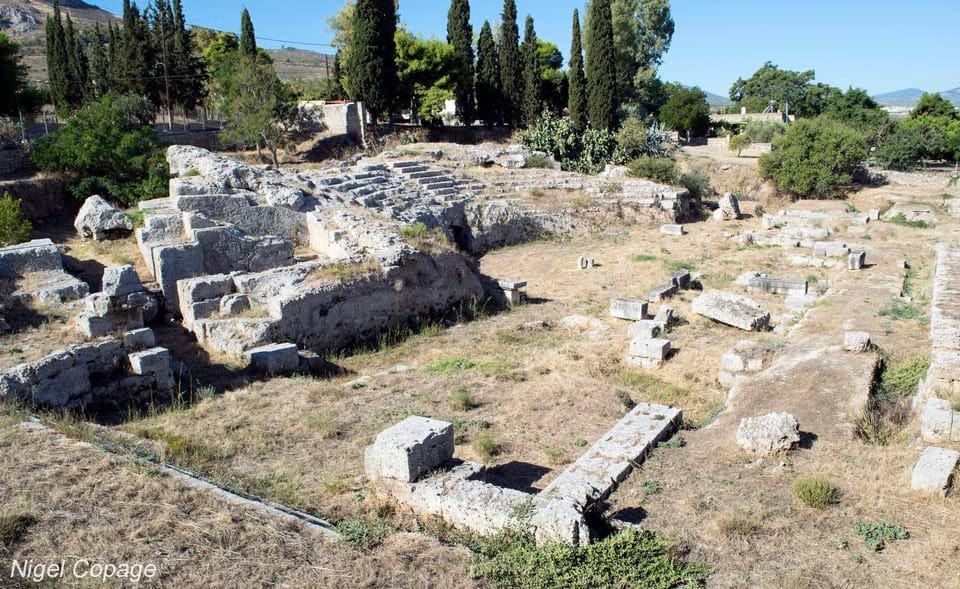
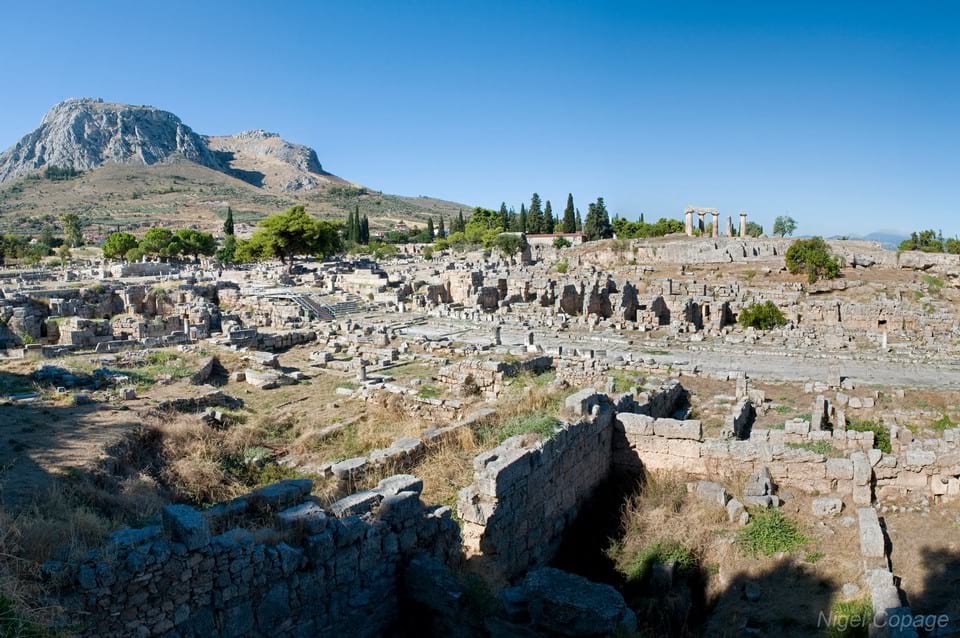
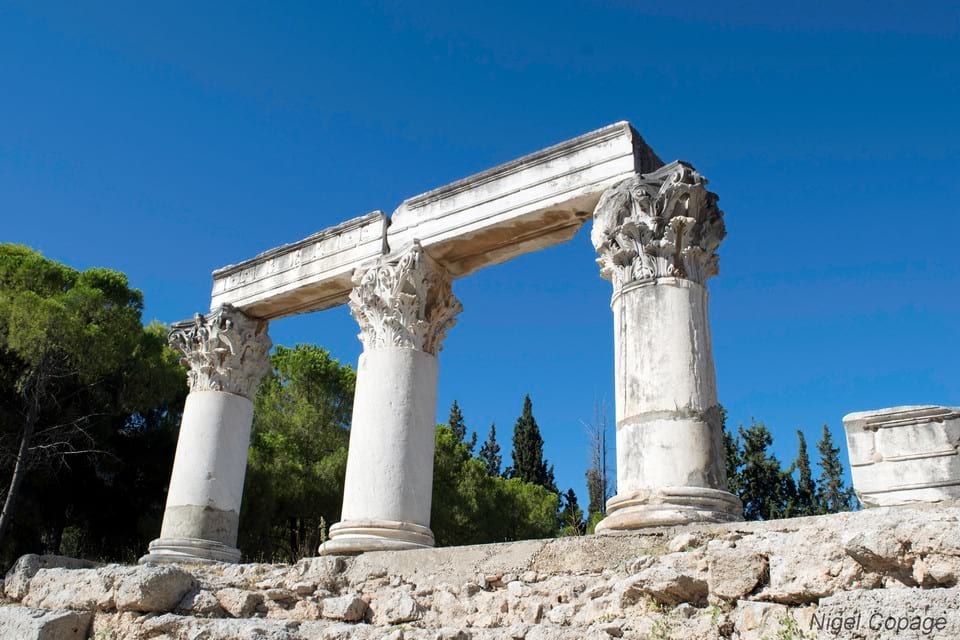
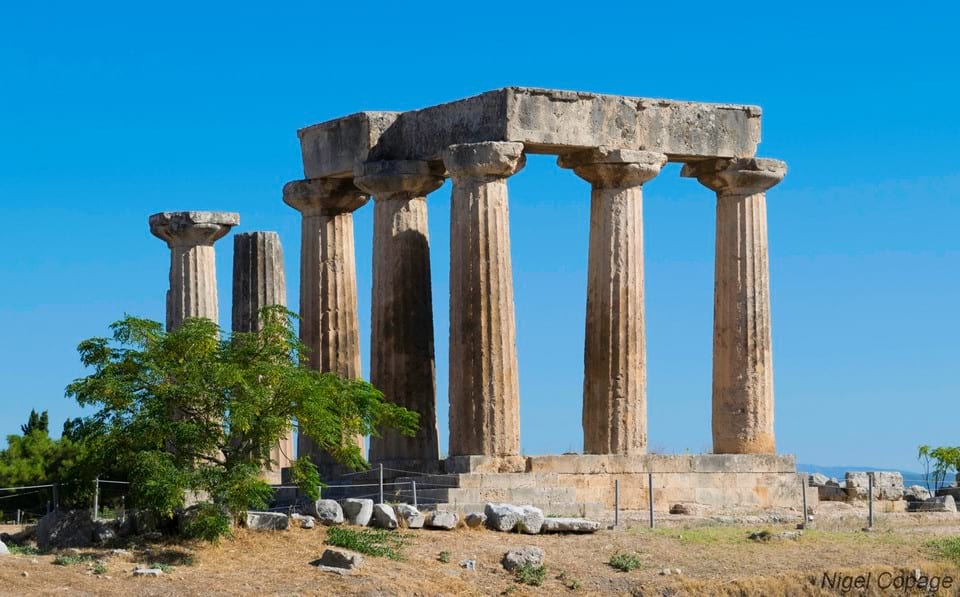
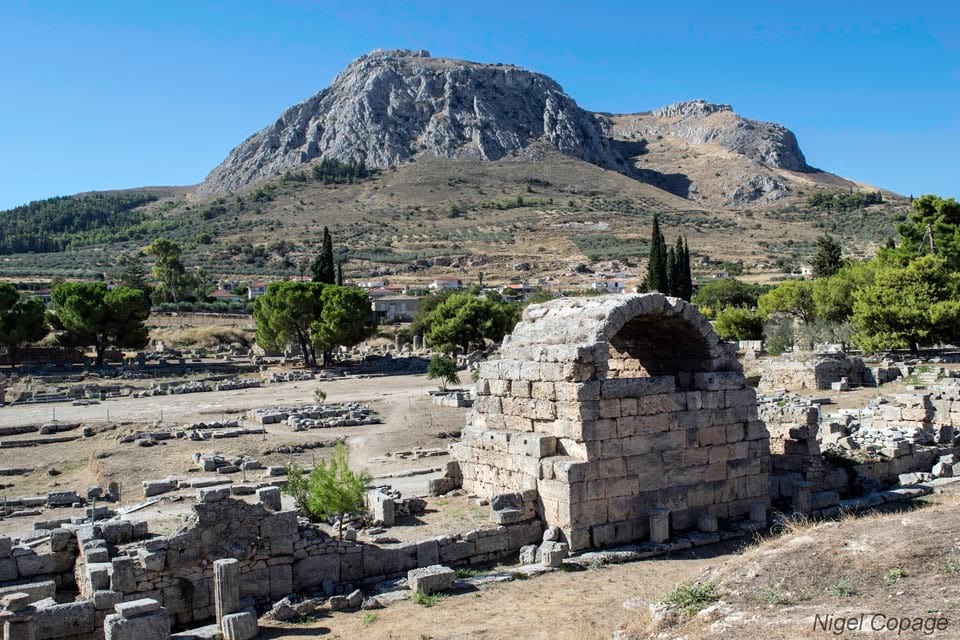
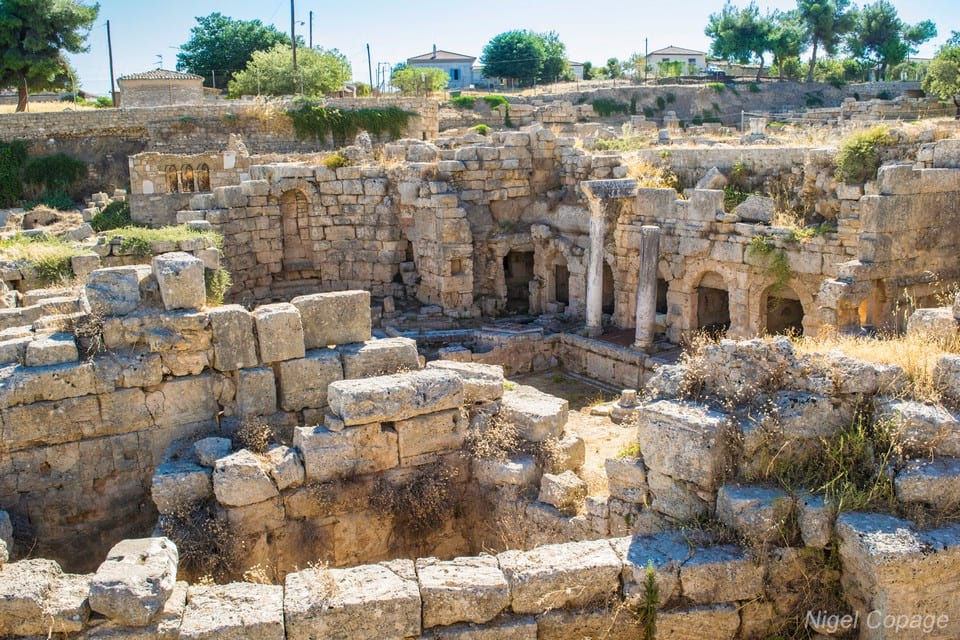
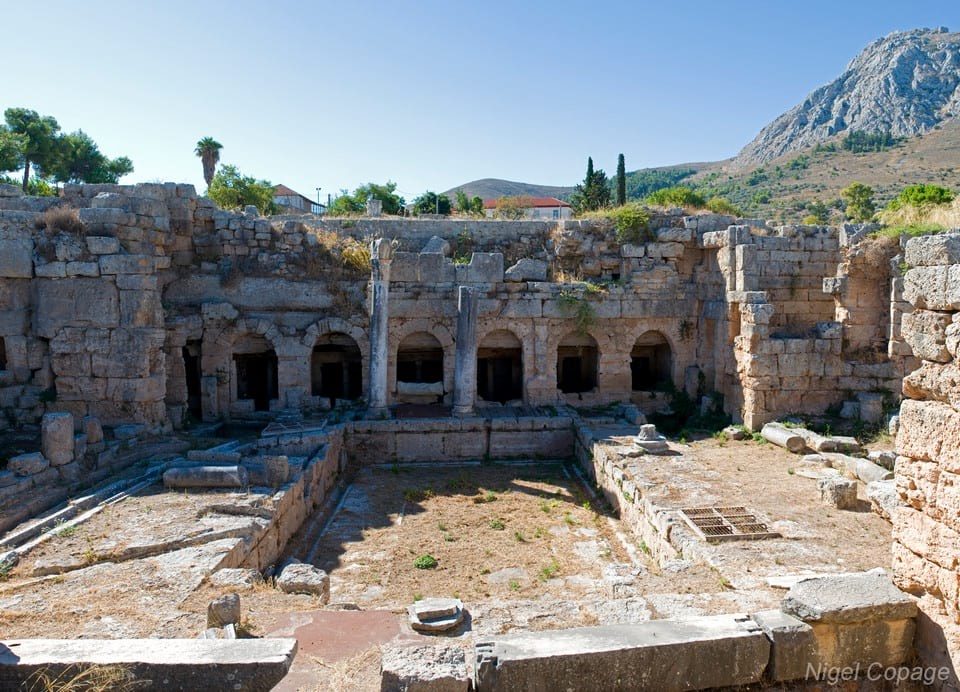
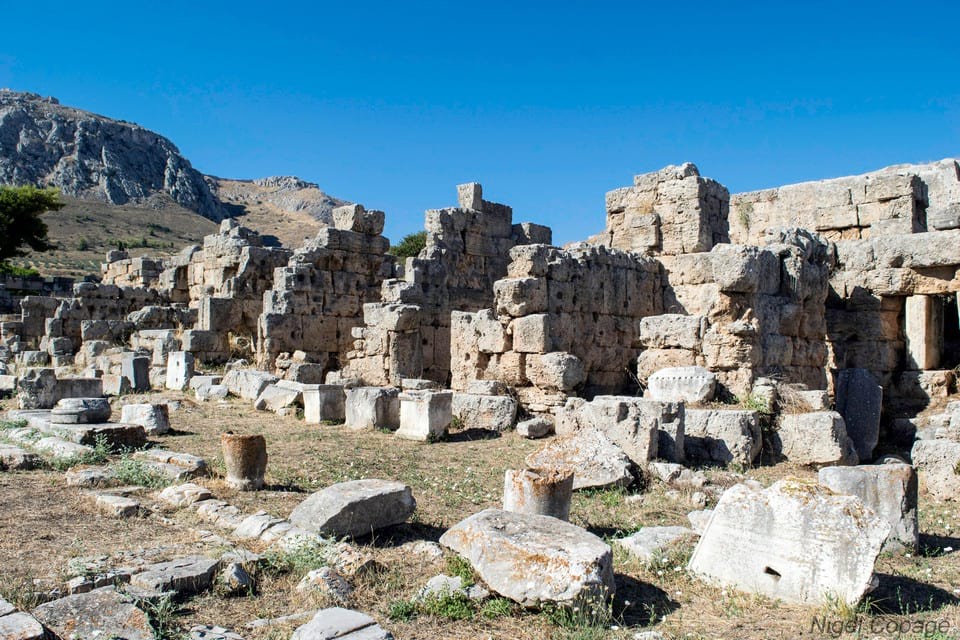
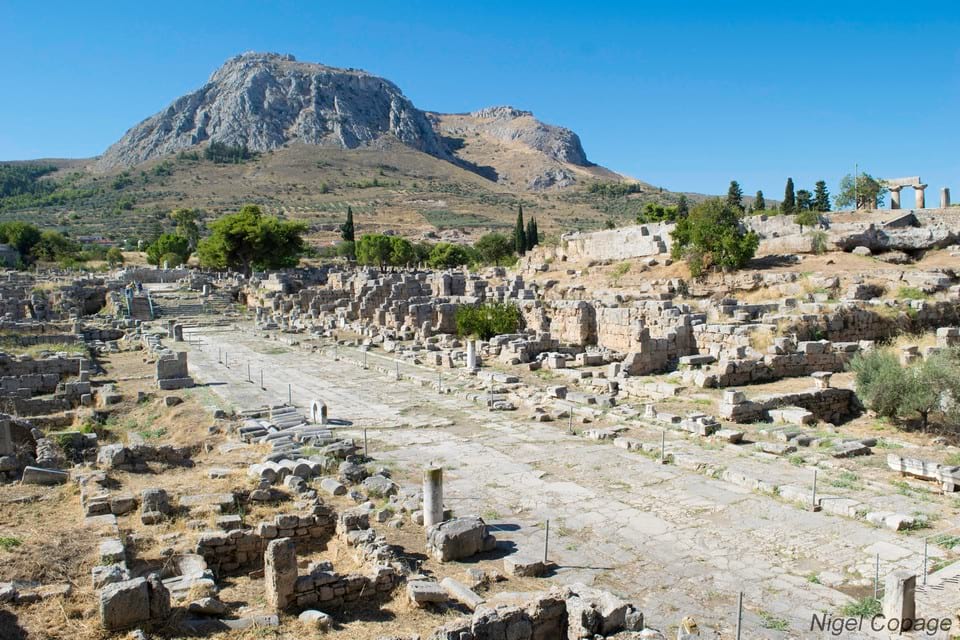
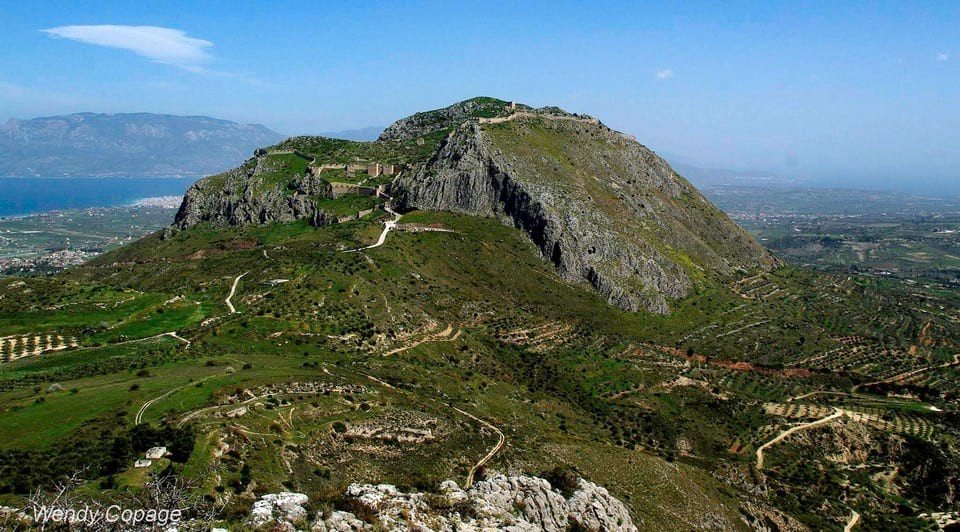 Acrocorinth
Acrocorinth
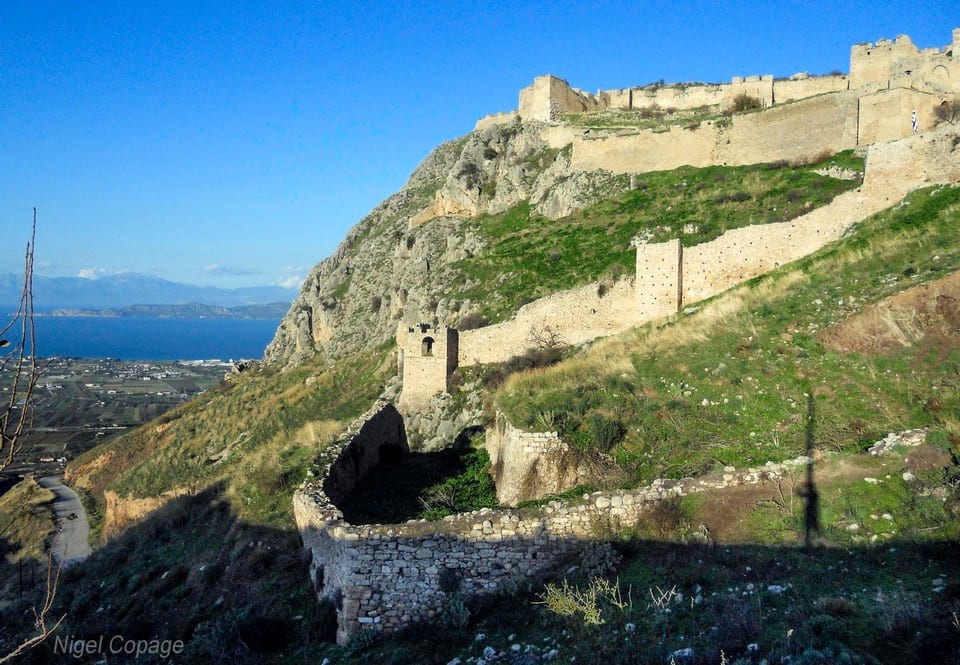
Acrocorinth